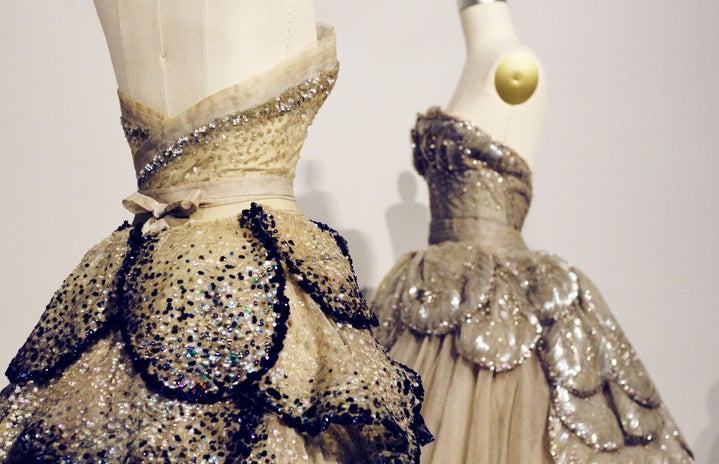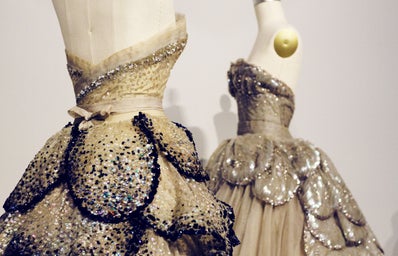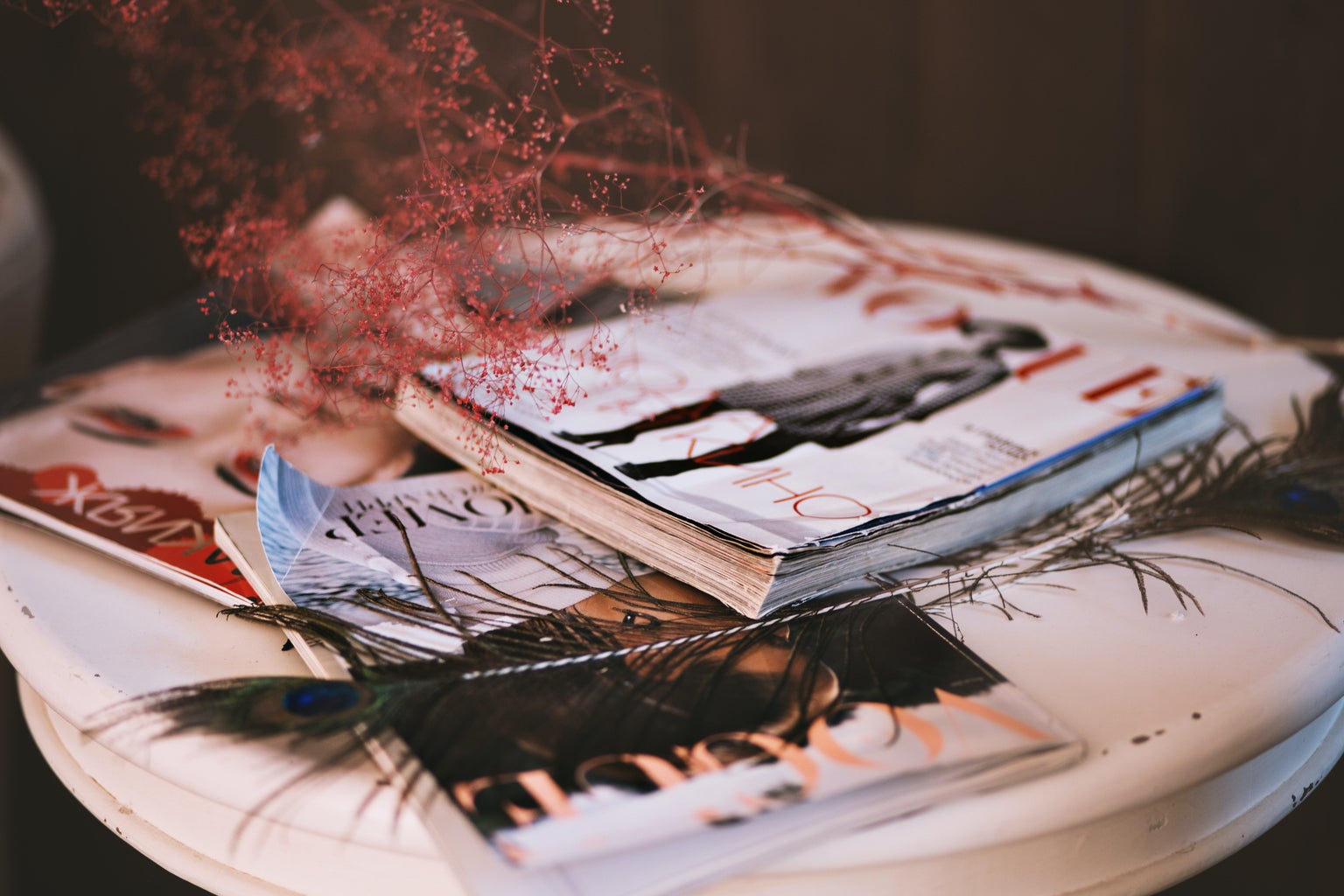The rich and famous have been attending the Met Gala for decades, however, due to the rise of social media, it has only recently become a worldwide phenomenon, making it one of the most exclusive events in the world. Social media has let anyone be a critic, spectator and judge of the attendees’ looks in real-time. It is often considered to be “the Super Bowl of fashion,” with the day leading up to and following the first Monday of May featuring an almost exhaustive amount of content surrounding the event.
The gala is essentially a fundraising event for the Metropolitan Museum of Art’s Costume Institute. Established in 1948, the original ticket only cost $50 for the first Gala. In the years since, the event has become a renowned spectacle and is often considered one of the main events of the New York social season (like the characters of Gossip Girl probably went to the Gala in their post-high school days, as no one under 18 can go. Hilary Duff’s character even complimented Serena van der Woodsen’s Met Ball look in Season 3). The gala, which is often referred to as “fashion’s biggest night,” was originally only attended by Manhattan’s Elite (hint, hint) and the crème de la crème of the fashion industry both abroad and in America.
This all changed in 1971 when Diane Vreeland ex-editor-in-chief of American Vogue became a consultant for the costume institute. Vreeland was the one who had the idea to start inviting celebrities. This raised the event’s recognition to the outside of New York, gave it an even more prestigious reputation with it now being known as mainstream, and created the foundation for the spectacle it is today.
The Gala hopped around New York as well, before Vreeland made the event permanently at the Met museum. She is also responsible for introducing themes to the event. The theme always pertains to that year’s fashion and exhibit and although not necessarily mandatory, the guests of the gala are expected to dress related to the theme, and those who don’t often look lazy, uncreative and ungrateful.
The Met Gala has been run by American Vogue Editor-in-chief, and Vogue international creative director Anna Wintour since 1995, following in Vreeland’s footsteps. She has the final say on every detail of the event from the theme to the ever-changing guest list, so even if you can afford the uber-expensive ticket, if Anna says no, that’s it. You’re not going. Wintour has even been known to approve guests’ outfits, although this has fallen out of priority, however, it is rumored that due to the guests’ lackluster looks at the past two Galas, the next one will require every guest to have Wintour’s seal of approval for their looks.
Since 1973, the Met Gala represents not just the Costume Institute’s new exhibit but also the dress code for that year’s event, despite its usually required white tie attire. Some themes are very specific, such as Heavenly Bodies, China: Through The Looking Glass or even Glided Glamour, with the latter people still misusing despite the existence of the internet), while others are very broad like America: A Lexicon of Fashion, the Model as The Muse and Punk: Chaos to Couture, with these themes being simultaneously the most fun and innovative themes with an infinite amount of directions and also the most disappointing themes with many attendees taking lazier approaches, with the only exception being the most Met Gala Met theme ever; Camp: Notes On Fashion.
There are a variety of types of themes the Met Gala uses, but they can usually be derived into 5 categories. The first, which just so happened to actually be the first-ever theme, was a specific fashion house or designer. These themes are meant for the attendees to take inspiration from the house’s or designer’s signatures and past looks. The first-ever theme was The World of Balenciaga (if only Kim K was around in the 70s, right). Since then, they have paid tribute to Yves Saint Laurent, Christian Dior, Gianni Versace, Poiret, Chanel, Alexander McQueen, Prada, Schiaparelli, Comme des Garcons and Charles James. This will be the category they use this year as the theme is Karl Lagerfeld; A Line of Beauty.
This tribute to Karl Lagerfeld, who passed away in 2019, has been quite controversial due to his problematic past. He has expressed fatphobic beliefs and controversial statements about #MeToo and the LGBTQ+ community. However, this event is strictly to pay homage to his artistry, craftmanship and impact on the fashion industry. This is not to pay homage to him as a person. Personally, he is my all-time favorite designer. His collections with Chanel in the 80s, 90s and the first 19 years of the 21st century were revolutionary, timeless and iconic. Do I believe in body-shaming? No! Do I support #MeToo? Hell, yes! I don’t share his beliefs, but unlike the internet, I can separate art from the artist. Do we as a society still fawn over Picasso’s paintings? Do you still listen to Kanye West’s and R. Kelly early music? Is Marlon Brando still considered one of the greatest actors of all time? Were they also people who believed in hateful ideologies? Yes! But you can still appreciate their artistic impact and condemn their personal actions. They don’t cancel each other out. Without either side of the issue, our society wouldn’t evolve.
The second category is place. The Met Gala has had exhibitions focused on the Habsburg era, China (which they have done twice), Russia, France, India, the Eastern world, Britain and of course, America, which they have done 3 times now. While, some have critiqued these themes as being culturally appropriating, also due to how they often invite more white people then natives to the country they are paying homage to, it’s never with malicious intent. That’s probably why the most recent one is America, so there is little to no internet criticism.
The third category is time, which can happen in a variety of ways. However, the most common way is through periods of times throughout fashion history. The Gala has referenced the early 1900s, The Victorian age, the Napoleon age, the 18th century, and most recently the Gilded age, which almost everyone confused with either the 1920s or the Regency era when actually it’s the 1870s-1910s. The 2020 gala, which got canceled due to the COVID-19 pandemic was actually called About Time: Fashion and Duration, which would have been a great one for people like me who love fashion history, however, as we have seen with the broader themes, would probably end up being a disappointment. However, I don’t understand how the attendees could possibly mess it up due to how they can pay homage to any decade or time period they choose. But let’s be honest, the attendees would have found some way to disappoint the fashionistas of the internet. They have also had a similarly broad theme called Fashion and History: A Dialogue.
The fourth category is aesthetic, which honestly might be the only one the aesthetic-obsessed internet generation might nail, as shown through themes like Heavenly Bodies and Manus X Machina: Fashion in the age of technology, the latter being the most iconic. Another reason these themes are more successful is that they are actually themes. They are more straightforward. Some of the themes could easily be remarketed as house party themes or sorority party themes, so the less fashion-minded, they are more digestible. Other aesthetics they have paid tribute to are Old Hollywood, Haute Couture, Goddess style, Rock style, Superheroes, Punk and Camp. Just wait for the Cottagecore, Whimsigothic, and Barbiecore themes in 20 to 30 years.
The fifth category is when they pay homage to a specific style icon, which is probably the biggest compliment in fashion (although I am extremely bitter Audrey Hepburn hasn’t been a theme yet). They have paid homage to Diane Vreeland twice, of course (not Anna Wintour yet). Other style icons they have paid tribute to include Jacqueline Kennedy, American women as a whole and Models as Muse which included paying homage to models Twiggy, Iman, Kate Moss, Jerry Hall, Linda Evangelista and Naomi Campbell.
Then there are the outliers. They have paid homage to different art forms like Cubism, theatre and dance. Diaghilev, who founded the Ballets Russes, was also a theme once. They once paid homage to the iconic American journalistic publication Vanity Fair. One random theme was entitled Man and the Horse. They also had themes surrounding dolls as well.
It’s honestly ridiculous how hard these celebrities find the Met Gala themes when they have every resource available to them, especially in the internet age. However, it wasn’t until 2015’s China: Through The Looking Glass that the public started to take a huge interest in the gala, which is often credited to Rihanna’s jaw-dropping yellow gown. This is also when it became a sought-after invite by mainstream celebrities, not just those with credibility in the fashion industry.
Today the Met Gala is often seen mostly as a bragging right or a status symbol instead of a way to appreciate and celebrate the art form of fashion. A way to weed out the people who respect the event versus the people who are only excited to be there for the status symbol is how they follow the theme. Sarah Jessica Parker even made headlines earlier this year for calling out the people who don’t follow the theme. The people who interpret the theme are excited by the challenge and do their research and use their creativity to figure out the way the theme best represents them. While the people who are lazy or half-ass the theme just want to be there for the status symbol. And yes, that includes the Kardashians, who often miss the mark completely, however only true fashionistas seem to notice.
The best example is Kendall Jenner’s 2022 Givenchy dress she wore for them America: A Lexicon of Fashion, which was inspired by Audrey Hepburn’s dress in My Fair Lady, which was an absurd choice due to how Hepburn was British, the movie was based in England and the dress used as inspiration was one of few that weren’t designed by Givenchy. Yes, Hepburn is an American film and style icon. However, why couldn’t she pay homage to an American-based movie that Givenchy actually designed for like Breakfast at Tiffany’s or Sabrina? Clearly, she has respect for the fashion industry as a model, but that’s still not enough. Blake Lively, Zendaya and Sarah Jessica Parker are probably the only three regular guests who consistently understand the assignment. Lively often takes inspiration from more than one source and mixes it into an innovative look with her signature mermaid silhouette. Unlike Lively, who is notably her own stylist, Zendaya has one of the best relationships with a stylist in Hollywood. Law Roach skyrocketed to fame as the mastermind behind her most iconic looks, and he often joins her on the Met Gala carpet, most notably in 2019 at the Camp: Notes on Fashion theme. Parker often makes a truly obscure reference that is so niche, you just know she spent hours doing research.
It’s an honor to go to this event. The theme is supposed to be challenging. It’s an opportunity to play designer, collaborate and truly take a risk and try something new than your signature look. However, most public figures often treat it as just another carpet, and because of this, they often seem ungrateful for the opportunity.
However, this isn’t always the celebrities’ fault. Designers often pick muses for their looks, get the muses approved by Wintour as a guest and then design the look to fit the theme. This means that it’s often the designer to miss the theme, not the attendee, in some cases. Essentially, this is advertising for not just designers, but also brands, as in recent years Instagram and YouTube have bought seats, which is why so many influencers have gone in recent years. If the attendee has a great, collaborative relationship with the designer, then they are usually golden, like Lively, Zendaya and Parker. However, if they don’t, they often miss the mark.
There are a lot of moving parts to make the gala what it is. Every guest is greeted by Anna Wintour and only allowed 20 seconds for conversation. There is no smoking, no phones, no camera rules inside that are almost always broken, however, there are monitors. The seating chart is changed multiple times through the year, and spouses aren’t allowed to sit together due to how its meant to be a social event. There are also certain foods banned due to how they cause bad breath like garlic, onions, parsley and chives, another example of the lengths they go to have people mingle. This is often why celebrities form different facets of fame begin dating to form unlikely friendships after the Met Gala, due to the variety of different celebrities that attend. The best example of this is Taylor Swift with Joe Alwyn or Tom Hiddleston. There is also no “best” table because everyone is so mixed together. Even the KarJenners aren’t allowed to sit with each other. Sarah Jessica Parker is such a prestigious guest that she has her own greenroom for makeup touchups along with Wintour and her daughter Bee. George and Amal Clooney have their own private bar and there are even bodyguards for the amount of jewelry some guests wear.
The afterparties are often notorious as well. They don’t have a theme and anyone can get into them even if they don’t go to the event. These are also more casual with guests foregoing their gowns from earlier and often seen changing into a mini dress (or they pull a Karlie Kloss and just cut their gown into a mini skirt from the main event) The Boom Boom Room almost always has one, which is a venue once featured in Season 4 of Gossip Girl (yes, Leighton Meester and Penn Badgley have also been to the Gala. Badgley was Lively’s date her first time attending). Bemelmans is another venue with an afterparty. Celebrities like Cardi B and designers like Tom Ford also host their afterparties.
I hope this article gave you a newfound respect and knowledge for the event. So, maybe when the next one rolls around, you can be like me and imagine what you would wear for the theme. I am already planning my archive Chanel bride look in my head!






